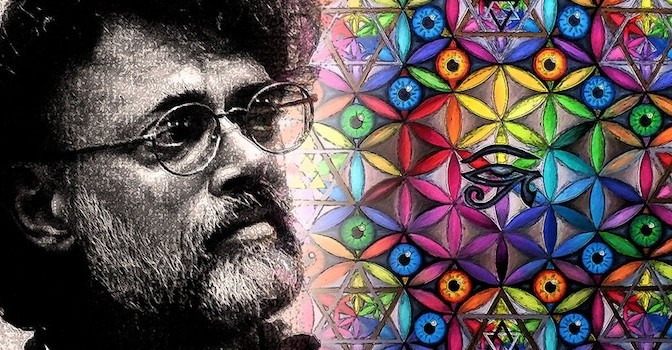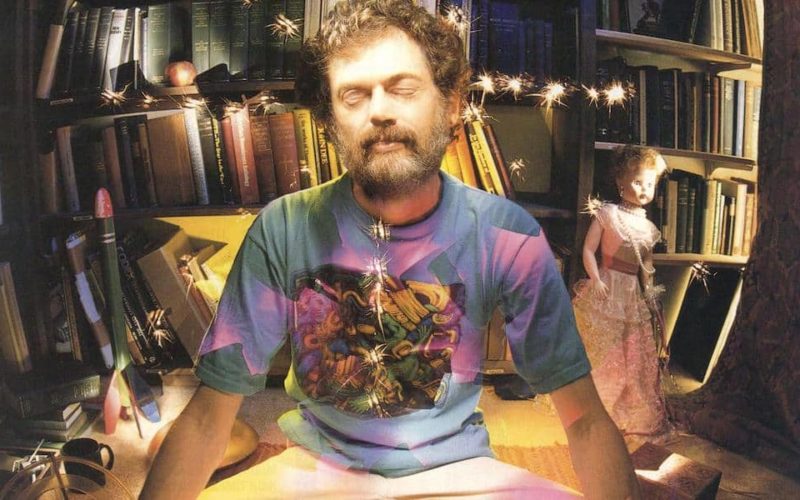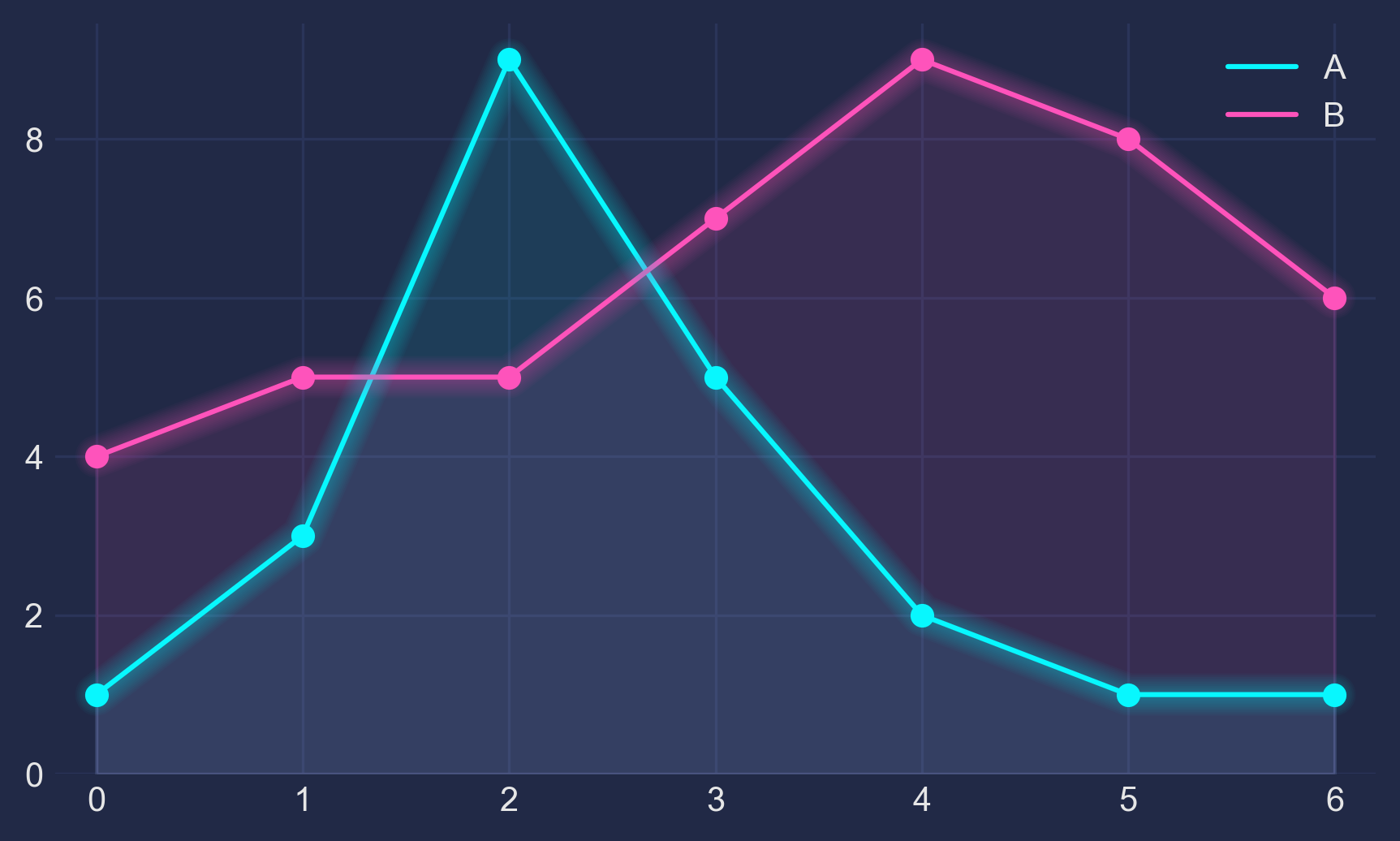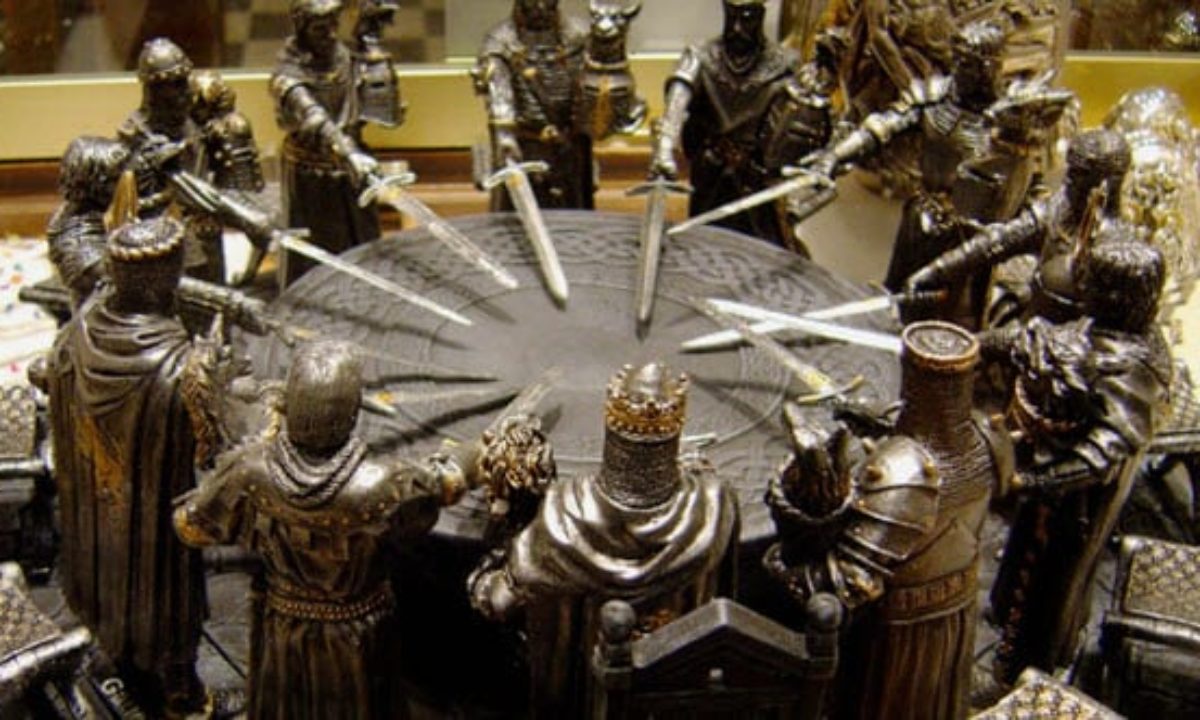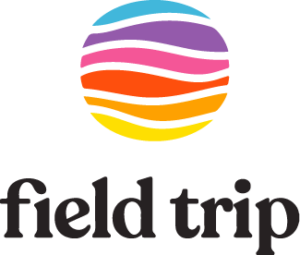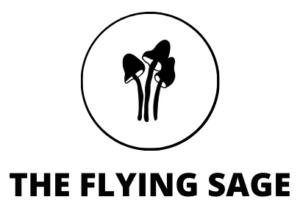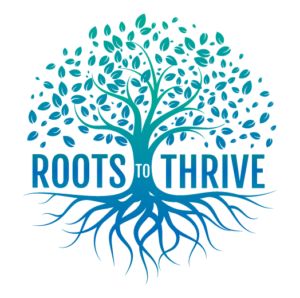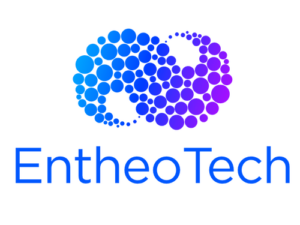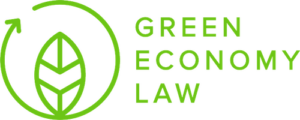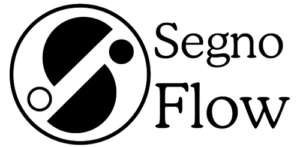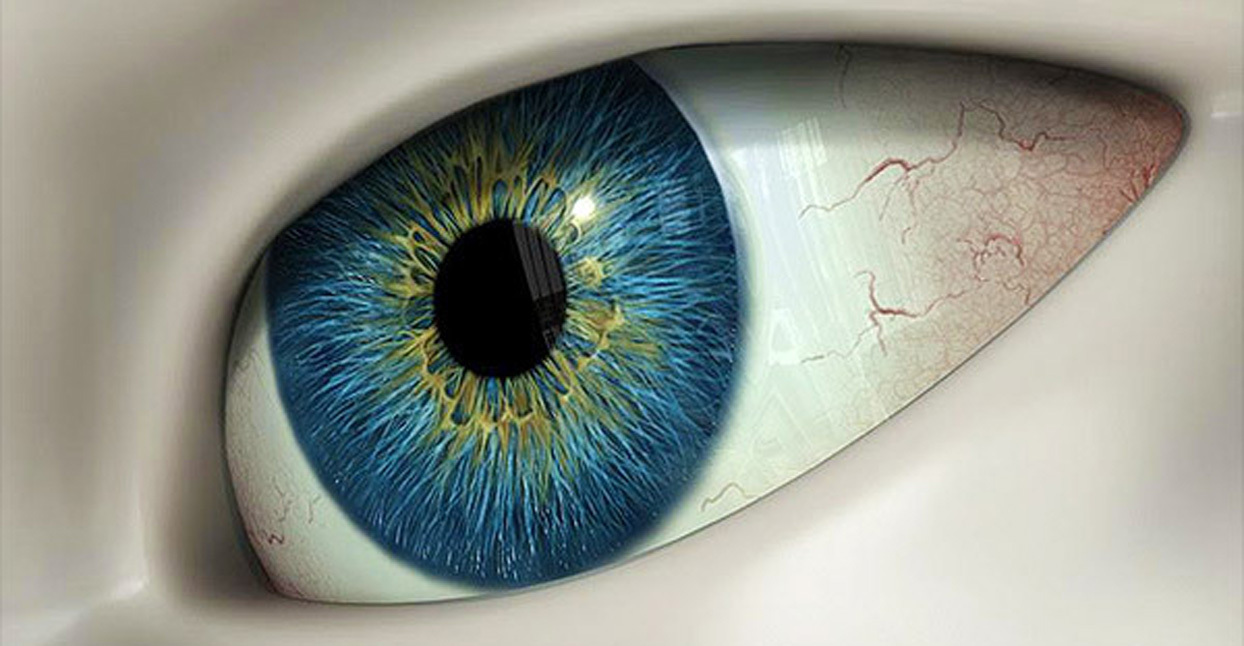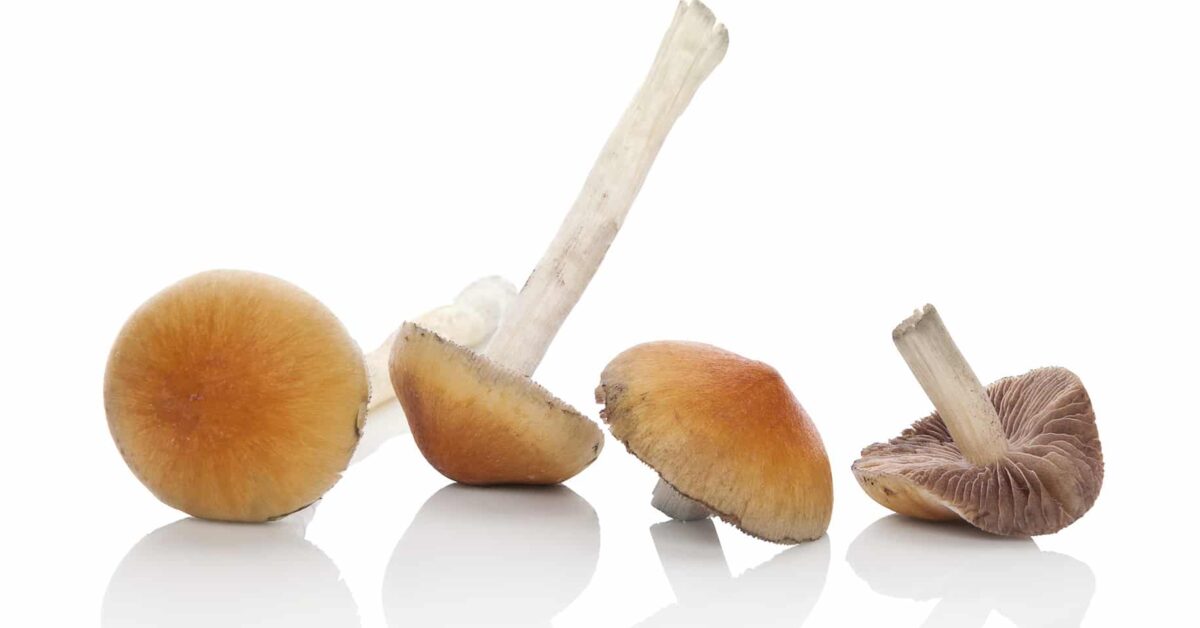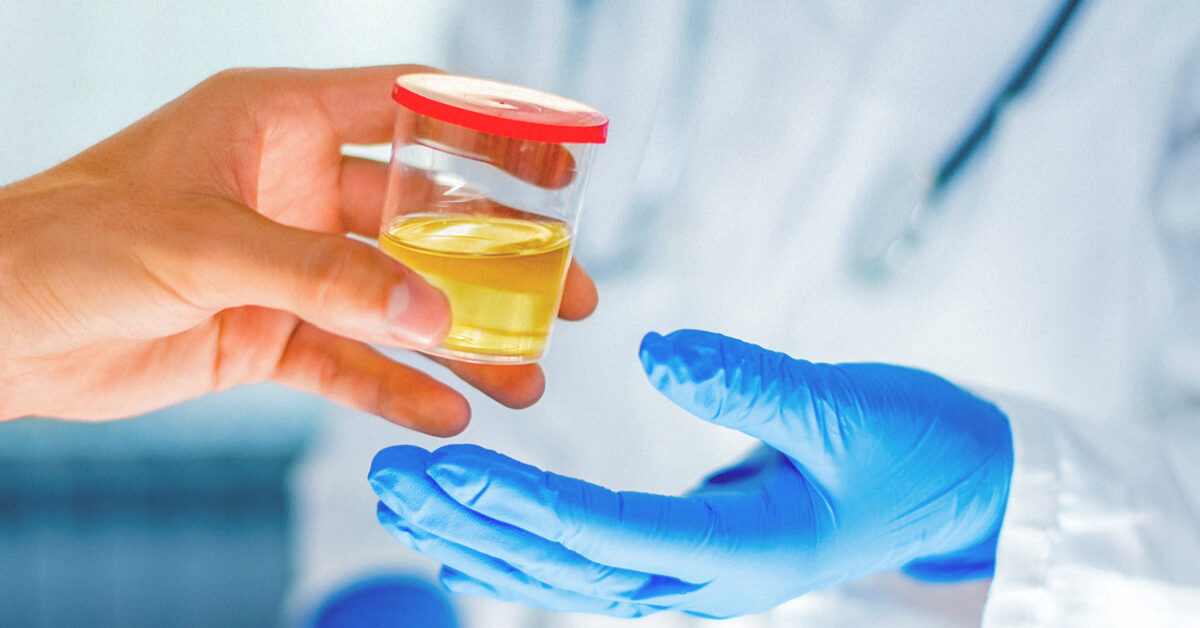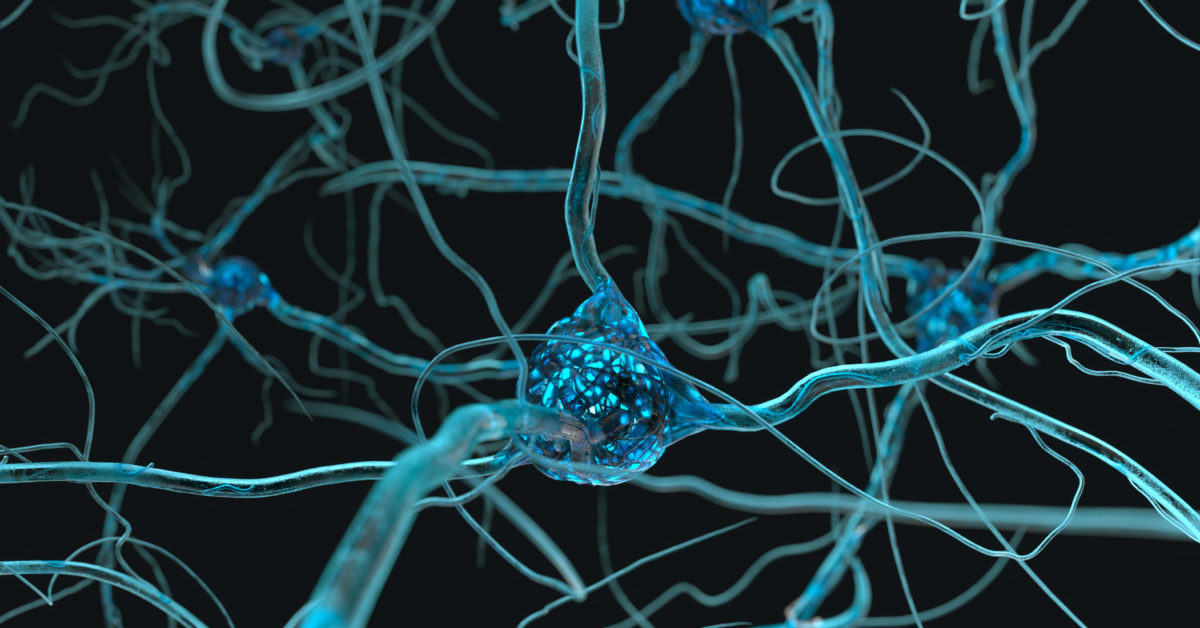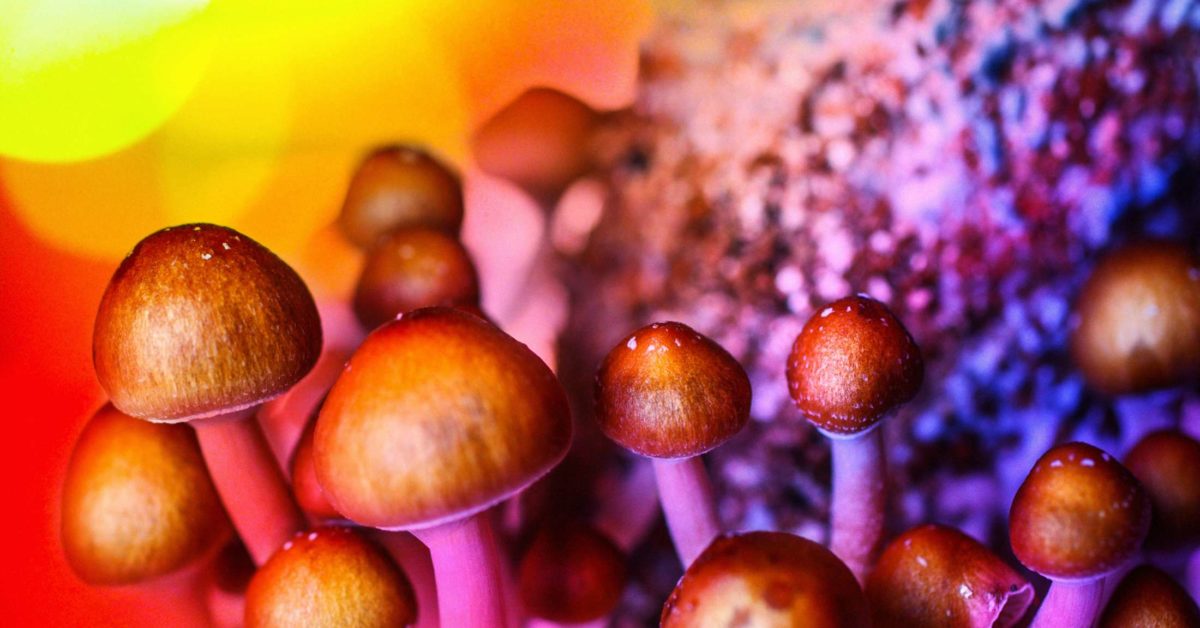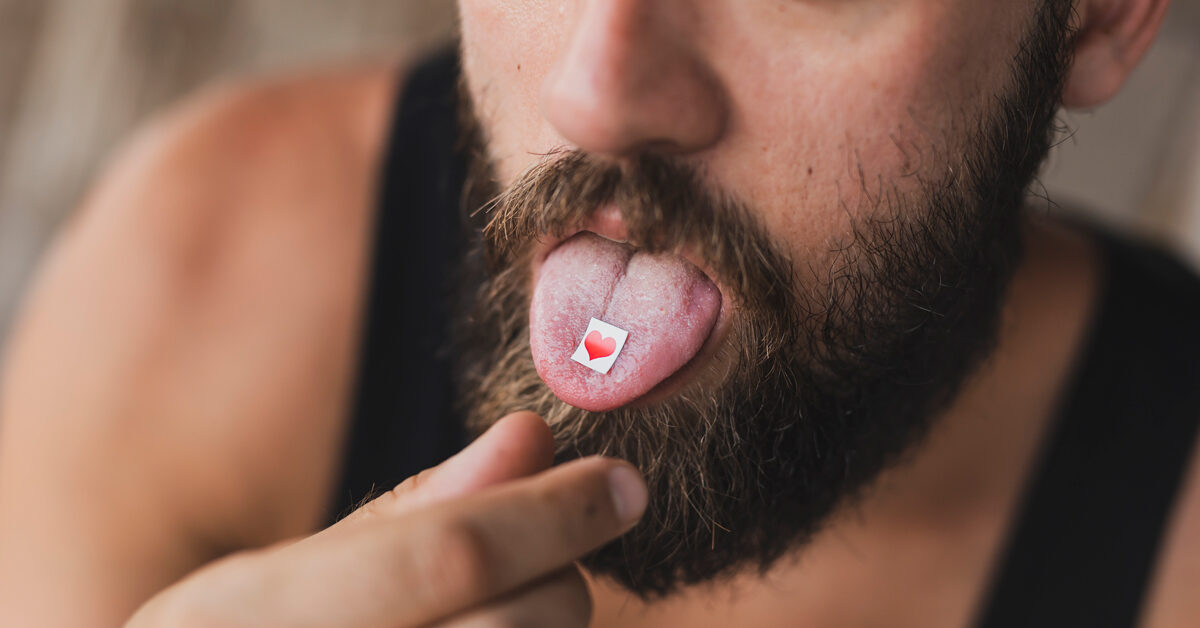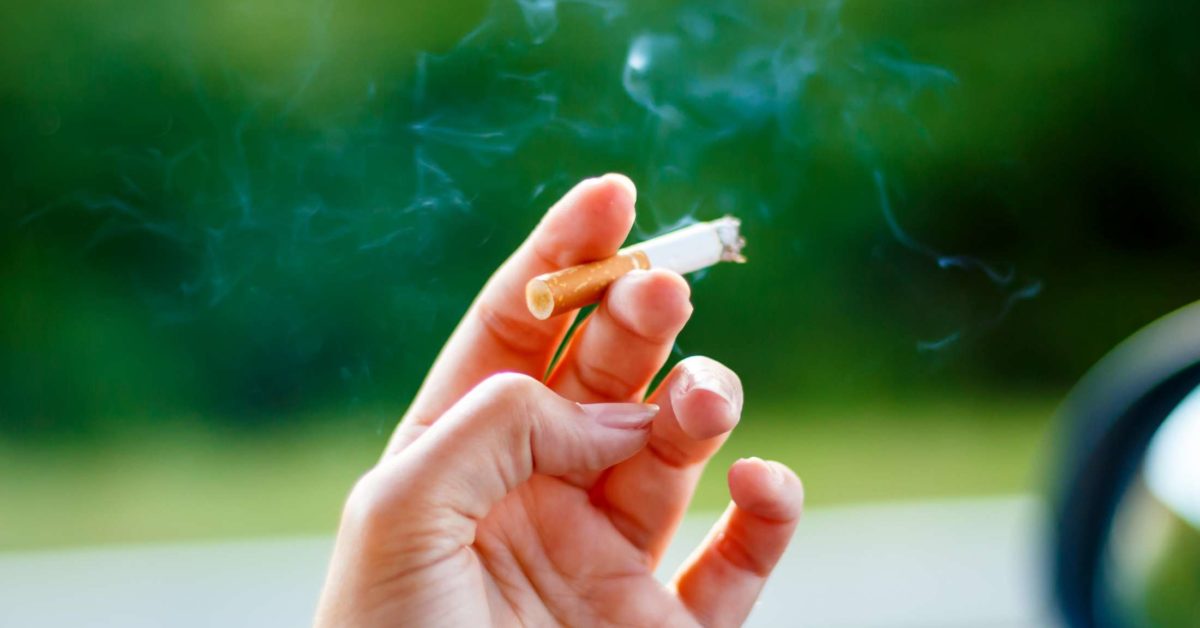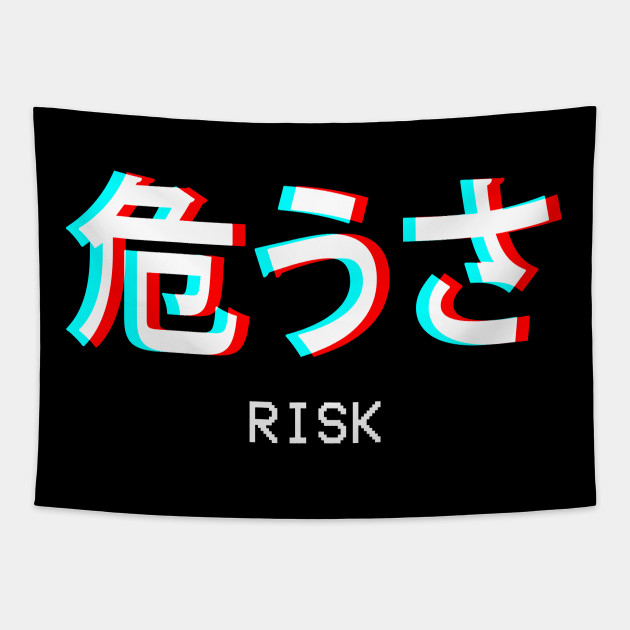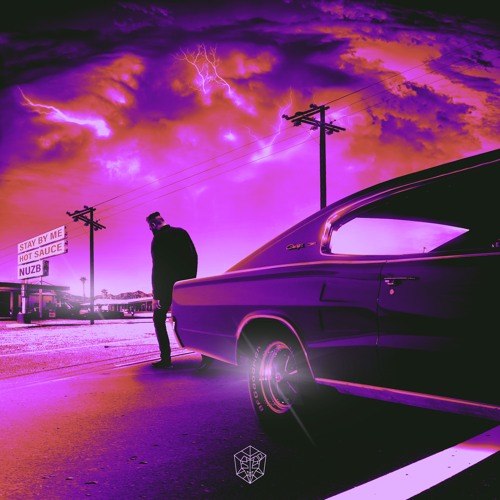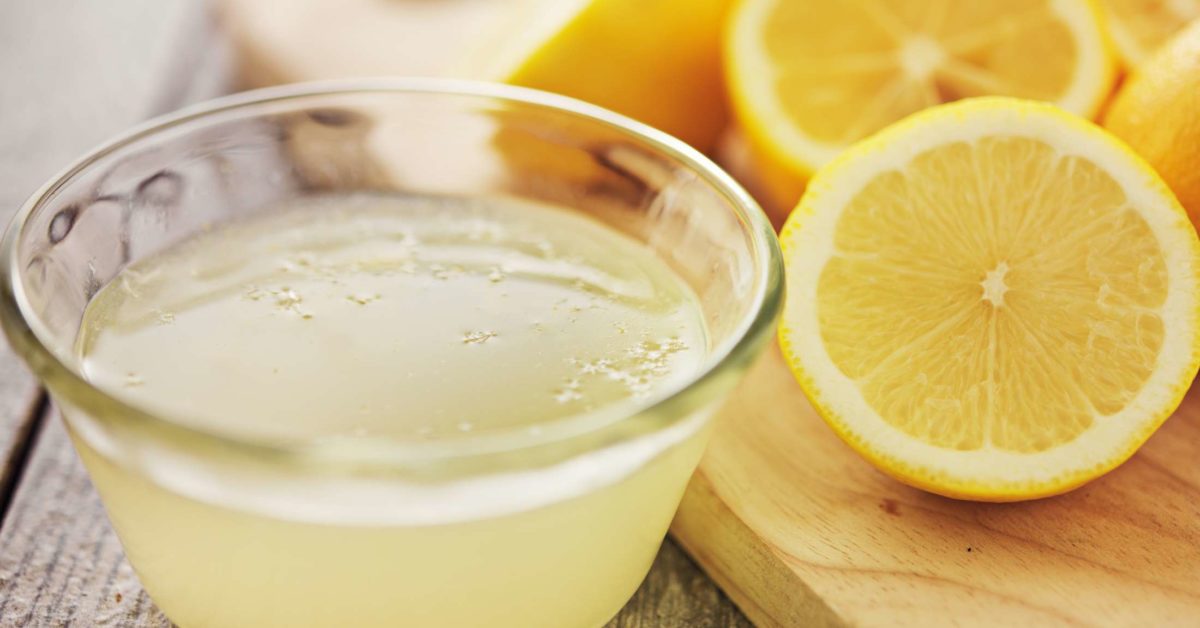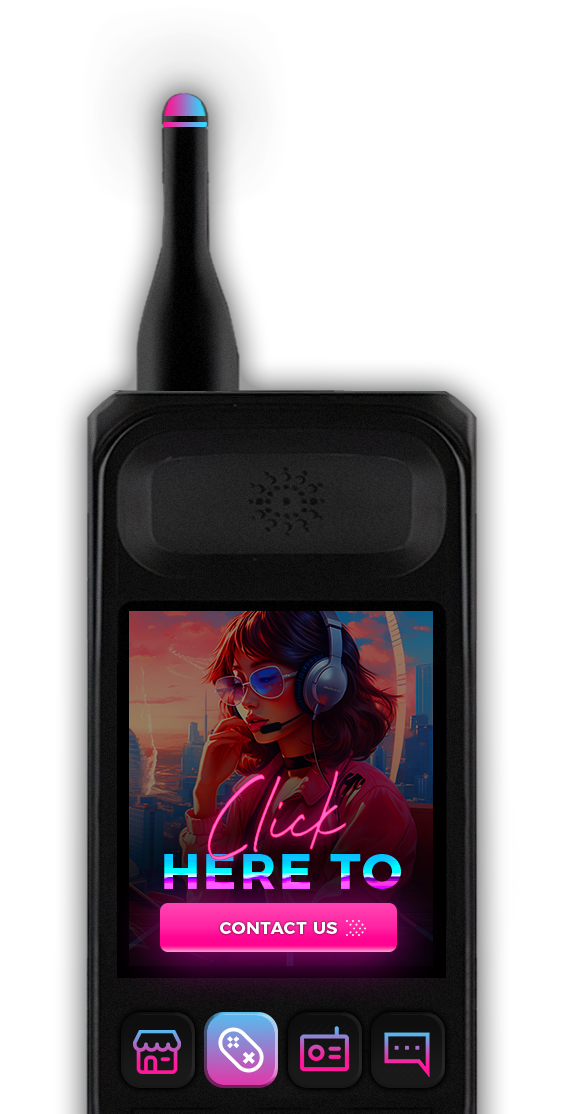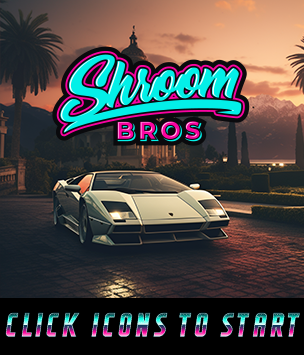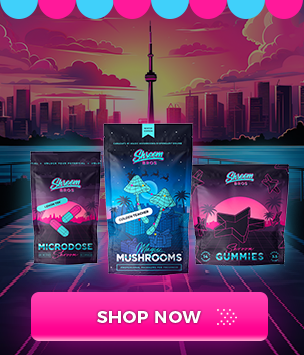Introduction
So, for some reason, some of the questions that we receive a lot are related to investing in the psychedelic industry. Questions like:
Can I buy Shroom Bros stock?
What are the top psilocybin companies to watch?
What psilocybin stocks should I buy?
Can I invest in psychedelic companies?
What are the top shroom stocks?
That kind of thing. So, here’s the truth of it: we are not professional investors. We have no idea how to predict whether a stock will go up, down or sideways, and are in no way qualified to give anyone else investment advice. Nothing in this article should be looked at as an endorsement of any specific stocks.
However, we did want to try and help answer some of your questions. So, what we’ve done is scraped through Canadian public stock exchanges that are involved in the psychedelic wellness space. This list is not necessarily exhaustive – we may have missed one or two while compiling it, and new companies are popping up all the time!
We’ve then written small profiles on each of these companies, and arranged them alphabetically below with links to their websites, and convenient shorthand for their stock tickers, so if you’re interested in looking at how their stock is performing, you can easily look it up! (Just copy the part that says “CSE:AION” into your search engine, and it should pop right up.)
So, if you’re interested in dipping your feet into the psychedelic investment space, this is as good a place as any to start! So, here’s the list:
The List
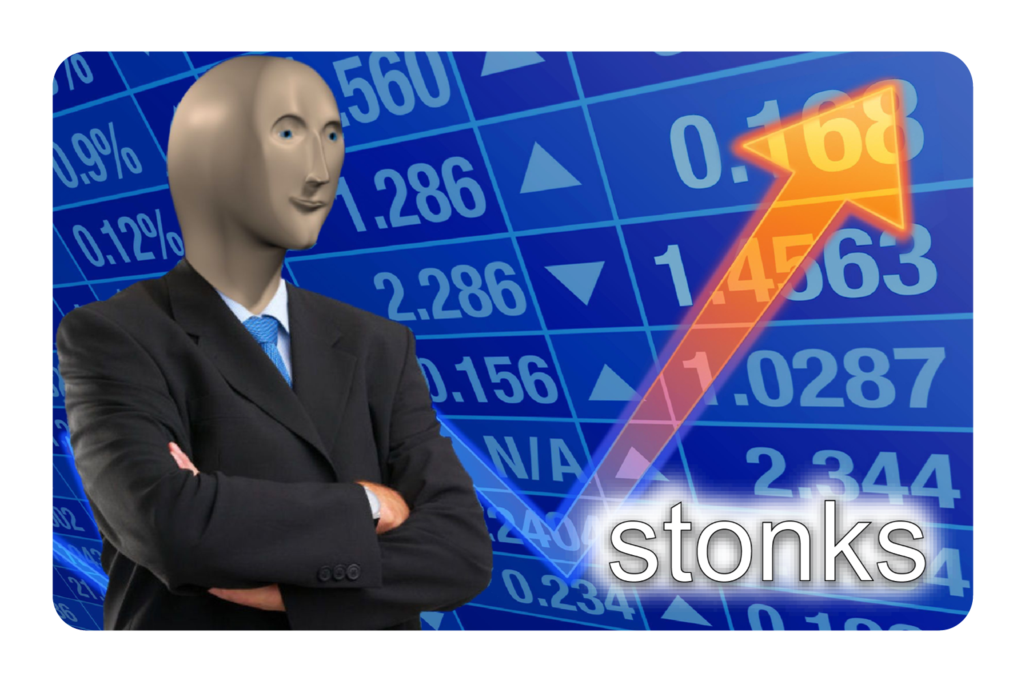
Aion Therapeutic (CSE:AION)
In addition to its recent move into the psychedelics arena, Aion Therapeutic operates in the cannabis industry with a licensed production line in Canada.
As far as its psychedelics business goes, the company’s lead, Dr. Stephen D. Barnhill, has said Aion is pursuing novel formulations of various natural compounds, including psilocybin and fungi.
Algernon Pharmaceuticals (CSE:AGN,OTCQB:AGNPF)
Algernon Pharmaceuticals is a clinical-stage pharmaceutical company with Phase 2 clinical studies being conducted in the disease areas of idiopathic pulmonary fibrosis, chronic cough and COVID-19.
In early 2021, Algernon launched a clinical research program for stroke treatment focused on AP-188 (N,N-Dimethyltryptamine or DMT). DMT is a psychedelic compound that is part of the tryptamine family, which includes psilocybin and psilocin. The company plans to begin a clinical trial as soon as possible.
Allied (OTCQB:ALID)
Originally a cannabis-focused company, Allied began shifting its focus to psilocybin in early 2021. Allied is fully integrated across the value chain, and brings a variety of psilocybin and cannabis formulations to the health and wellness market. The company’s products target the treatment of depression, anxiety and post-traumatic stress disorder (PTSD).
ATAI Life Sciences (NASDAQ:ATAI)
ATAI Life Sciences is a clinical-stage biopharmaceutical company developing novel drugs, including psychedelics, to treat various mental health diseases such as addiction, depression, anxiety, and PTSD. ATAI recently raised US$225 million in a NASDAQ initial public offering.
Awakn Life Sciences (NEO:AWKN,OTC Pink:AWKNF)
Bitoech company Awakn Life Sciences has clinical operations geared at researching, developing and delivering psychedelic medicine to treat addiction. It is the only company in the world providing evidence-backed ketamine-assisted psychotherapy for alcohol use addiction through its near-term ketamine for reduction of alcoholic relapse protocol.
The company recently announced its undertaking a clinical research program designed to demonstrate the effectiveness of ketamine-assisted psychotherapy against multiple addictions.
BetterLife Pharma (CSE:BETR,OTCQB:BETRF)
BetterLife Pharma is an emerging biotechnology company working to develop and commercialize psychedelic products for the treatment of mental disorders in Canada, the US, Australia and the European Union. The company is also developing drug-delivery platform technologies targeting virus infections, such as the coronavirus disease and human papillomavirus, as well as specific types of cancer.
Better Plant Sciences (CSE:PLNT,OTCQB:VEGGF)
This wellness firm has a substantial investment in the psychedelics market thanks to a majority ownership stake in NeonMind Biosciences, previously known as Flourish Mushroom Labs. According to its parent company, NeonMind will carry out clinical trials on the therapeutic effects of psilocybin.
NeonMind plans to eventually launch branded products such as mushroom-infused items designed to “support immune, cognitive, memory and other brain functions.”
Braxia Scientific (CSE:BRAX,OTC Pink:SHRMF)
Braxia Scientific is developing ketamine and psilocybin derivatives and other psychedelic products from its intellectual property (IP) development platform. Additionally, through its wholly owned subsidiary, the Canadian Rapid Treatment Center of Excellence, the company owns and operates multidisciplinary community-based clinics providing rapid-onset treatment for mental health disorders. These clinics are located in Mississauga, Toronto, Ottawa and Montreal.
Braxia Scientific recently launched the Braxia Institute, a training center focused on advancing psychiatric clinical practices and health services, including ketamine and psychedelic treatment therapy for patients with treatment-resistant depression and other mental health disorders.
Bright Minds Biosciences (CSE:DRUG,OTCQB:BMBIF)
Bright Minds Biosciences is a pre-clinical company developing a portfolio of next-generation serotonin agonists designed to treat neuropsychiatry disorders, epilepsy and pain. The company believes its drugs extenuate the therapeutic aspects of psychedelic and other serotonergic compounds while minimizing their side effects, creating superior drugs to first-generation compounds, such as psilocybin.
The company has applied for a listing on the NASDAQ.
Captiva Verde Wellness (CSE:PWR)
This cannabis and hemp company secured an entry point in the psychedelics space by forming a partnership with a Mexican company capable of distributing pharmaceutical and wellness products, including psychoactive and non-psychoactive drugs.
Clearmind Medicine (CSE:CMND)
This biotech company develops IP-protected novel psychedelic medicines aimed at addressing underserved mental health problems, including binge behavior and alcohol use disorder.
Clearmind Medicine has two groups of patents. The first, which relates to binge behavior regulators, has been granted in the US, Europe, China and India, with divisional applications pending in Europe and the US; the second, which relates to alcoholic beverage substitutes, has been approved for a European patent, with applications pending in the US, China and India.
Codebase Ventures (CSE:CODE,OTCQB:BKLLF)
Codebase Ventures is an investment firm offering investors a diverse portfolio of opportunities, including a direct stake in Red Light Holland, a publicly traded entity involved in the psychedelics market through its subsidiary Titan Shrooms & Psychedelics.
COMPASS Pathways (NASDAQ:CMPS)
Focused on psilocybin research, COMPASS Pathways has quickly become the center of attention for psychedelics industry watchers. And thanks to a monumental public offering debut, it has attracted interested observers outside the psychedelics arena as well.
The company has been investigating the use of psychedelic compounds to treat depression. In 2018, COMPASS obtained a critical US Food and Drug Administration (FDA) breakthrough therapy designation.
Core One Labs (CSE:COOL,OTC Pink:CLABD)
Core One Labs is looking into the development of psychedelic medicines for a front-facing market.
Thin-film oral strips are one of the potentially novel delivery methods the firm will seek to employ. The company is looking to develop IP related to the psychedelic drug space.
Creso Pharma (ASX:CPH,OTCQB:COPHF)
Pharmaceutical company Creso Pharma develops and produces a wide variety of cannabis- and hemp-derived therapeutic, nutraceutical and lifestyle products. The company has worldwide rights for several proprietary drug-delivery technologies that enhance the bioavailability and absorption of cannabinoids.
The company recently waded into the psychedelics sector through the acquisition of Halucenex Life Sciences, and it has a definitive agreement with Red Light Holland to merge, creating the HighBrid Lab.
CURE Pharmaceutical Holding (OTCQB:CURR)
CURE Pharmaceutical Holding is the developer of CUREform, a patented drug-delivery platform that has led to a number of immediate- and controlled-release drug-delivery vehicles for a wide range of active ingredients designed to improve drug efficacy and safety.
The company has a 25,000 square foot manufacturing facility, and recently commenced development of a psychedelics-based pharmaceutical clinical pipeline to deliver a number of psychedelic compounds.
Cybin (NYSE:CYBN,NEO:CYBN)
This life science company is pursuing the development of psychedelic drugs through detailed clinical trials meant to test the efficacy of its candidates.
After going public in Canada, Cybin has moved forward with acquisition deals to expand its market presence in the psychedelics space at large.
Delic Holdings (CSE:DELC,OTCQB:DELCF)
Delic Holdings provides information on the psychedelic wellness industry and investment. The company’s product offerings include a blog, podcast, e-commerce store and periodic events.
EGF Theramed Health (CSE:TMED,OTC Pink:EVAHF)
EGF Theramed Health is a medical technology company working on the development of its psychedelics presence. Recently, the company moved forward with a deal to integrate a “seedbank” company holding LSA, an alternative substance to LSD, and other compounds.
Ehave (OTC Pink:EHVVF)
This firm specializes in data solutions for the health space. Ehave is a digital therapeutics firm with a home delivery platform for patients prescribed with ketamine infusions.
Ehave has moved forward with digital solution opportunities for the development of the psychedelics industry, as detailed in a recent shareholder letter.
Empower Clinics (CSE:CBDT,OTC Pink:EPWCF)
This company operates as a healthcare firm involved in various aspects of medical care for patients through clinical and digital solutions.
Empower Clinics got access to the psychedelics space by way of a subsidiary launched to investigate the use of psilocybin for anxiety, depression, PTSD and addiction.
Entheon Biomedical (CSE:ENBI,OTCQB:ENTBF)
Entheon Biomedical is a biotech company developing a portfolio of safe and effective psychedelic medicines to treat addiction and substance use disorders. The company’s subsidiary HaluGen Life Sciences has developed a psychedelics genetic test kit available for sale in Canada and the US.
The psychedelics genetic test kit analyzes a series of relevant DNA biomarkers along with pre-screening mental health surveys to provide insights into individuals’ risk and potential for adverse reactions with the use of hallucinogenic drugs.
Enveric Biosciences (NASDAQ:ENVB)
Enveric Biosciences’ primary focus until fairly recently was developing novel cannabinoid medicines to improve quality of life for cancer patients adversely affected by the side effects of cancer treatments.
In May 2021, the company entered into a definitive agreement to acquire MagicMed Industries, which has been working to create a library of novel derivative psychedelic molecules such as psilocybin and DMT. The acquisition will enable Enveric to expand its portfolio to include psychedelic-derived molecules.
Field Trip Health (TSX:FTRP,NASDAQ:FTRP)
Field Trip Health is trying to encompass the entire new age psychedelics experience. Its primary business is the development of its clinic network across North America. The company opened its first ketamine clinic in Toronto while expanding into the US market via locations in New York and Los Angeles.
In addition to the clinics, Field Trip holds separate divisions, including one that is looking into the research aspect of psychedelic compounds. The company also launched an official app to accompany its treatments, offering patients activities like meditation techniques to go alongside psychedelics.
Filament Health (NEO:FH)
Filament Health is focused on developing natural psychedelic drug discovery and extraction technology to address the world’s mental health problems.
Filament plans to produce psychedelic extracts in-house at its facility in Metro Vancouver, and aims to commence the first ever FDA-approved natural psilocybin clinical trials in Q3 2021.
GH Research (NASDAQ:GHRS)
GH Research is developing novel and proprietary 5-MeO-DMT therapies for patients with treatment-resistant depression. The company’s portfolio includes GH001, a proprietary inhalable 5-MeO-DMT product candidate, and GH002, a proprietary injectable 5-MeO-DMT product candidate.
The clinical-stage biopharmaceutical company has completed a Phase 1 healthy volunteer clinical trial for its GH001 via inhalation product. GH001 is currently being investigated in the Phase 2 part of an ongoing Phase 1/2 clinical trial in patients with treatment-resistant depression.
Global Trac Solutions (OTC Pink:PSYC)
This digital media company has dedicated itself to the psychedelics space through its website Psychedelic Spotlight, where it showcases some of the most recent developments in the psychedelics industry.
Goodness Growth Holdings (CSE:GDNS,OTCQX:GDNSF)
Physician-led Goodness Growth Holdings’ operations primarily consist of its multi-state cannabis company subsidiary, Vireo Health, and its science and IP incubator, Resurgent Biosciences.
In June 2021, the company filed for a US patent to create an expansive suite of virtual reality applications that can be used by practitioners during psychedelics-based therapies.
Graph Blockchain (CSE:GBLC)
After embarking on a search for alternative business models that could incorporate and support its blockchain technology, Graph Blockchain determined it would acquire Shroom Street for C$1 million.
The purchase was done in an attempt to integrate product-tracking blockchain technology tools into the emerging psychedelics space.
Greenbrook TMS (TSX:GTMS,NASDAQ:GBNH)
Greenbrook TMS operates 129 treatment centers and is a leading provider of transcranial magnetic stimulation therapy, an FDA-cleared, non-invasive therapy for the treatment of major depressive disorder and other mental health disorders.
In July, the company partnered with Cybin to establish Mental Health Centers of Excellence for the purpose of facilitating research and development of innovative psychedelic compound-based therapeutics for patients suffering from depression.
Havn Life Sciences (CSE:HAVN,OTC Pink:HAVLF)
Havn Life Sciences is a newcomer to the psychedelics industry, boasting an impressive lineup of advisors from the Canadian cannabis space. Among these is Vic Neufeld, who used to run Aphria (NASDAQ:APHA,TSX:APHA). Rick Brar, former CEO of Zenabis Global, is another ex-cannabis executive who is on the roster advising the company.
The company holds a Section 56 exemption from Health Canada, meaning it can research and develop psilocybin for scientific use. Havn sells itself to investors as a company investigating psychoactive compounds to develop natural health products.
Hollister Biosciences (CSE:HOLL,OTC Pink:HSTRF)
As a way to pursue exposure to the psychedelic arena, this cannabis player confirmed an acquisition deal worth C$1.2 million for AlphaMind Brands, which, according to the public company, will develop a “portfolio of certified legal mushroom-based natural health products.”
Carl Saling, founder and CEO of Hollister, has called the acquisition a promising opportunity that could complement its cannabis brand business.
KetamineOne Capital (NEO:MEDI,OTC Pink:KONEF)
KetamineOne Capital has a network of 16 mental health clinics across North America. KGK Science, the company’s contract research division, has a 23 year clinical research history and extensive experience in pharmaceuticals, cannabis and the emerging psychedelic medicine industries.
KGK recently applied to Health Canada for a controlled drugs and substances dealer’s licence under Canada’s Narcotic Control Regulations.
Levitee Labs (CSE:LVT,OTC Pink:LVTTF)
Levitee Labs describes itself as an emerging multidisciplinary integrative wellness company that is redefining mental healthcare through an approach that involves evidence-based alternative medicines and novel psychedelic therapies.
The company intends to be the world’s first psychedelic company with significant revenue and cash flow by the end of 2021.
Lobe Sciences (CSE:LOBE,OTC Pink:GTSIF)
This Vancouver-based company has a focus on the development of products and technologies in the emerging psychedelics industry based on high-end medical research.
Its current flagship preclinical study is a collaboration with the University of Miami. It is investigating the treatment of mild traumatic brain injuries/concussions with PTSD using psilocybin and N-Acetylcysteine.
M2Bio Sciences (OTC Pink:WUHN)
Through its wholly owned subsidiary MJ MedTech, nutraceutical biotech firm M2Bio Sciences is focused on plant-based cannabinoids and psilocybin medical research. The company is developing and commercializing a range of CBD and mushroom-based products under the Dr. AnnaRx, Medspresso, Liviana and Handcrafted Delights brands.
M2Bio Sciences’ research and clinical trials with psilocybin are aimed at developing novel therapies for patients who suffer from alcohol addiction, mental illness and cardiovascular diseases.
Mind Cure Health (CSE:MCUR,OTCQB:MCURF)
Mind Cure Health brings together a variety of medical expertise to pursue the advancement of psychedelics as an active mental health treatment option for patients.
As part of its business, the company wants to develop products with the ability to help enhance mental health and wellness. In addition to its research efforts, it offers a variety of consumer products based on organic mushroom nootropics.
Mind Medicine (MindMed) (NASDAQ:MNMD,NEO:MMED)
MindMed became the first psychedelics firm to make its public debut on Toronto’s NEO Exchange in 2020, earning the attention of investors as part of the new crop of psychedelics stocks to watch.
The company is investigating the use of its 18-MC psychedelic drug candidate as an aid for battling opioid dependency. MindMed’s most significant backers are former Canopy Growth (NYSE:CGC,TSX:WEED) CEO Bruce Linton and notorious Dragon’s Den and Shark Tank investor Kevin O’Leary.
Mindset Pharma (CSE:MSET,OTCQB:MSSTF)
This drug development company is pursuing the creation of next-generation “psilocybin-inspired” medicine for unmet medical needs from neurological and psychiatric disorders. Mindset Pharma wants to develop a library of psychedelics-related IP to tackle neuropsychiatric disorders.
Mydecine Innovations Group (OTC Pink:MYCOF,NEO:MYCO)
Formerly known as NewLeaf Brands, Mydecine Innovations Group is advancing new medicine methods, including natural health products. The previous entity acquired Colorado-based Mydecine Group for C$1.2 million. The fungi acquisition was led by Robert Roscow, who served as the director of research with Ebbu, a cannabinoid research company bought by Canadian giant Canopy Growth.
The company holds a portfolio dedicated to the development of its psychedelics business, with three ventures so far: Mydecine Health Sciences, Mindleap Health and NeuroPharm.
New Wave Holdings (CSE:SPOR,OTC Pink:TRMNF)
Investment firm New Wave Holdings offers shareholders an advanced strategy into three segments of the psychedelics space: a recreational product line, a passive cosmetic lineup and the possibility for further high-end medical research-grade items.
New Wave touts a production presence in Jamaica as the core of its psychedelics-based businesses.
NeonMind Biosciences (CSE:NEON,OTCQB:NMDBF)
NeonMind Biosciences is a company working with psychedelic compounds for the development of legal products. The company has set a target of treating obesity and related illnesses through its psychedelic products in a preclinical trial.
Nova Mentis Life Science (CSE:NOVA,OTCQB:NMLSF)
Formerly known as cannabis operator Liberty Leaf Holdings, this company is exploring the medical benefits of psilocybin. The psychedelics stock has taken steps to solidify its drug development program and holds two subsidiaries: NovaMentis Biotech and Pilz BioScience.
Novamind (CSE:NM,OTC Pink:NVMDF)
Novamind is focusing on ketamine-assisted psychotherapy through clinics available to patients. The company also plans to approach in-depth research on psychedelic compounds to find more applications that are practical for patient use.
The company has longtime cannabis executive Chuck Rifici, who co-founded Canopy Growth, as a member of its board of directors.
Numinus (TSXV:NUMI,OTC Pink:LKYSF)
Numinus pitches itself to investors as a healthcare firm exploring the compelling new segments of available health treatments to patients. Thanks to specific licensing, the company is capable of operating in the cannabis and psychedelics industries.
Through its Numinus Wellness division, the public company can research the development of psychedelic therapies for treatments related to physical, mental and emotional health.
Nutritional High International (CSE:EAT,OTC Pink:SPLIF)
This primarily cannabis operation acquired an entry into the psychedelics business when it purchased an entity named Psychedelic Science.
The psychedelics division is researching psychedelic cacti strains in the treatment of weight loss, insomnia, anxiety and pain.
Pharmadrug (CSE:PHR)
Pharmadrug is an international medical company focused on its presence in the European market, thanks to an ownership stake in Pharmadrug GmbH, a German medical cannabis distributor.
The company has gained psychedelics exposure thanks to the key acquisition of Super Smart, a Netherlands-based retailer looking into the legal availability of magic mushrooms in the country.
PharmaTher Holdings (CSE:PHRM,OTCQB:PHRRF)
This company plans to focus on ketamine as its psychedelic drug of choice for research potential. PharmaTher wants to develop new treatments for Parkinson’s disease, depression and general pain.
PsyBio Therapeutics (TSXV:PSYB,OTCQB:PSYBF)
Through the global exclusive rights to a proprietary platform technology, PysBio Therapeutics is developing novel formulations of psychoactive medications produced naturally in fungi and plants for the treatment of mental health challenges and other disorders.
In July 2021, PsyBio added to its IP portfolio with the filing of a new patent application with the US Patent and Trademark Office for psilocybin and norbaeocystin compositions. PsyBio’s IP portfolio now includes five pending provisional patent applications and one pending non-provisional patent application.
Psyched Wellness (CSE:PSYC,OTCQB:PSYCF)
Psyched Wellness is a health supplements company looking to offer extracted natural oil products.
Besides its product offerings, the company is engaged in various research efforts to look at the medical uses of its products.
Psyence Group (CSE:PSYG)
Psyence Group jumped into the psychedelics listing rush and touts itself as a science-led company with a drug development program in place, including a psilocybin cultivation facility based in Lesotho.
Optimi Health (CSE:OPTI,OTCQB:OPTHF)
Focused on the health and wellness markets, Optimi Health intends to cultivate, extract, process and distribute functional mushroom products at its two facilities nearing completion in British Columbia.
The company has received a research exemption under Health Canada’s Food and Drugs Act and Regulations for the use of psilocybin and psilocin for scientific purposes via its wholly owned subsidiary Optimi Labs. Optimi has also applied for a Health Canada dealer’s license.
Red Light Holland (CSE:TRIP)
This firm is focused on a business model of producing and distributing legally sanctioned recreational psilocybin truffles in the Netherlands. The public listing represents a business evolution for the firm as it pursues higher-stakes capital from the market, Chairman and CEO Todd Shapiro said in a statement.
This firm has financial backing from publicly traded investment firm Codebase Ventures.
Revive Therapeutics (CSE:RVV,OTCQB:RVVTF)
Revive Therapeutics bought its way into the promising psychedelic space thanks to a C$2.75 million acquisition agreement with Psilocin Pharma, which has successfully developed unique product formulations for the psilocybin agent.
In the wake of the acquisition deal being announced, Michael Frank, CEO of the public firm, said the deal would add to his company’s “clinical initiatives in liver disease and inflammation.”
Roadman Investments (TSXV:LITT)
In early 2020, this venture capital investment firm confirmed an entry into the psychedelics space with a joint venture alongside Psychedelic Insights.
The public firm committed to a US$500,000 injection to kickstart an operation agenda for the joint venture. The goal of this partnership is to create a line of clinics capable of offering guided therapies utilizing the much-promoted psilocybin.
Seelos Therapeutics (NASDAQ:SEEL)
This conventional biopharmaceutical company earned a spot on this psychedelics stocks list thanks to its validating research involving ketamine therapies.
In 2019, the company was awarded fast-track designation from the FDA for SLS-002, a therapy for acute suicidal ideation and behavior in patients with major depressive disorder.
Silo Wellness (CSE:SILO,OTCQB:SILO)
This company is focused on the biopharmaceutical development process for psilocybin and other psychedelic compounds.
Silo Wellness has indicated it plans to follow an established drug development model, including the possibility of utilizing FDA designations meant to help the process for psychedelic drugs.
Tryp Therapeutics (CSE:TRYP,OTQQB:TRYPF)
This company is engaged in the medical investigation of psychedelic compounds for the treatment of rare diseases and conditions with unmet medical treatments.
Tryp Therapeutics is currently researching the use of psilocybin in the treatment of fibromyalgia through its TRP-8802 drug candidate, among other studies with psilocybin.
Wesana Health Holdings (CSE:WESA,OTCQB:WSNAF)
Wesana Health Holdings is developing evidence-based formulations and protocols, including psilocybin-based therapies for neurological, psychological and mental health ailments.
In addition to its extensive clinical research and academic partnerships, the company recently signed a definitive agreement to acquire Psychedelitech (PsyTech). Through the acquisition, Wesana will benefit from PsyTech’s clinical software-as-a-service platform Tovana Solutions, as well as Tovana Clinics, its integrated mental health practice network, and PsyTech Connect, the industry’s largest professional psychedelics practitioner community.
Well, that does it for the list! I hope it was helpful; it was a lot of work compiling this list, but fun researching all the companies! Did we miss any? Do you have any particular favourites from the list? Let us know! As always, your feedback means the world to us!
